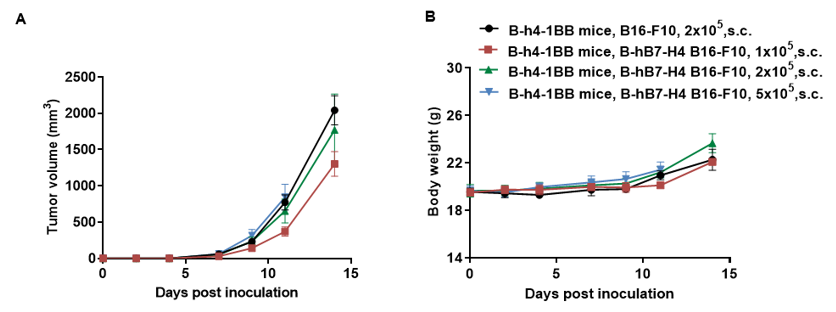

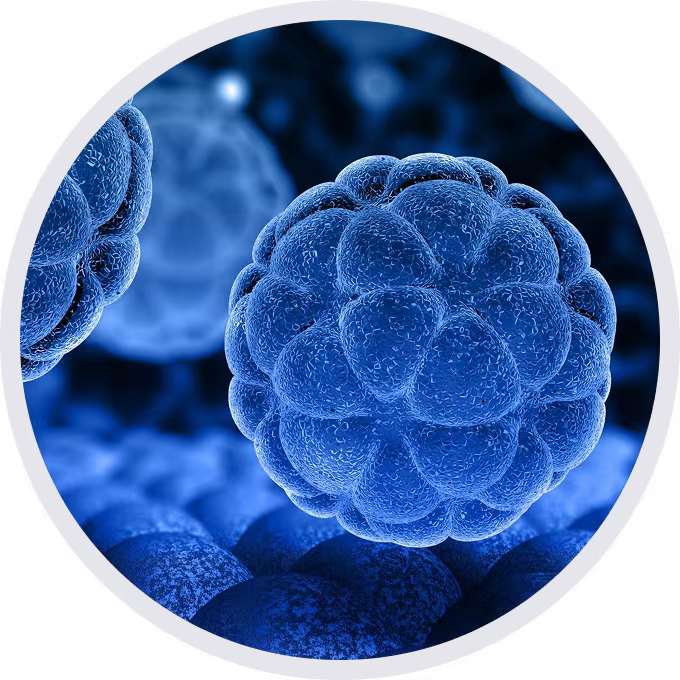
• 310909
| Product name | B-hB7-H4 B16-F10 |
|---|---|
| Catalog number | 310909 |
| Strain background | C57BL/6 |
| Aliases | VTCN1, B7S1, B7X, PRO1291, VCTN1 |
| Tissue | Skin |
| Disease | Melanoma |
| Species | Mouse |
| Application | B-hB7-H4 B16-F10 cells have the capability to establish tumors in vivo and can be used for efficacy studies. |
on this page
The mouse B7-h4 gene was replaced by human B7-H4 coding sequence in B-hB7-H4 B16-F10 cells. Human B7-H4 is highly expressed on the surface of B-hB7-H4 B16-F10 cells.
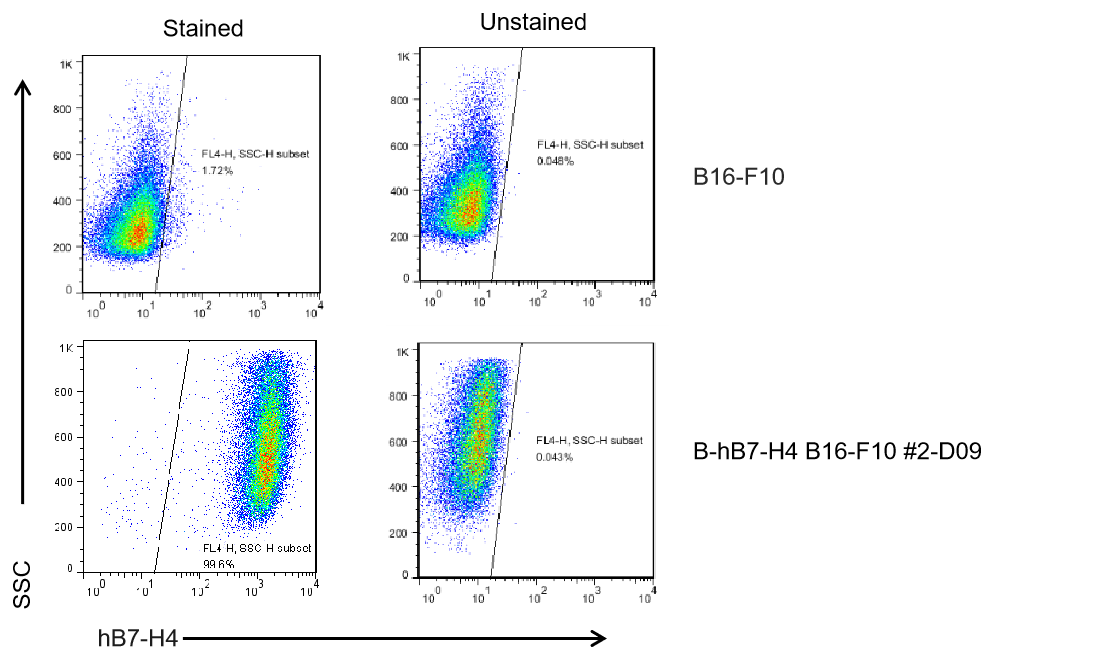
B7-H4 expression analysis in B-hB7-H4 B16-F10 cells by flow cytometry. Single cell suspensions from wild-type B16-F10 and B-hB7-H4 B16-F10 cultures were stained with species-specific anti-B7-H4 antibody. Human B7-H4 was detected on the surface of B-hB7-H4 B16-F10 cells, but not on the surface of wild-type B16-F10 cells. The 2-D09 clone of B-hB7-H4 B16-F10 cells was used for in vivo experiments.
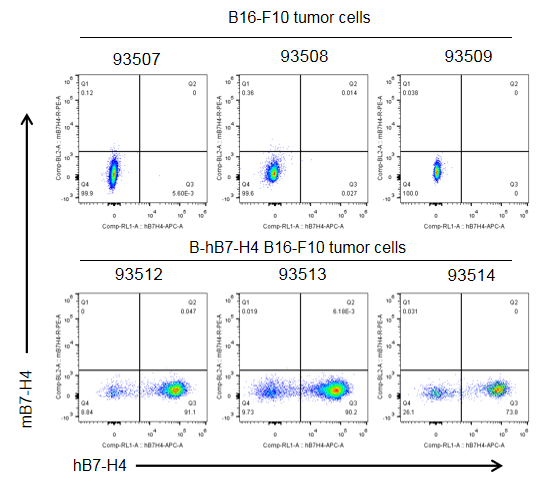
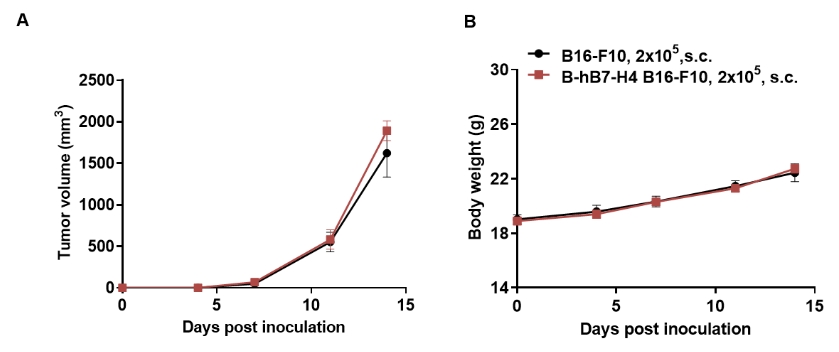
Subcutaneous homograft tumor growth of B-hB7-H4 B16-F10 cells. Wild-type B16-F10 and B-hB7-H4 B16-F10 cells (2x105) were subcutaneously implanted into C57BL/6 mice (female, 7-week-old, n=5). Tumor volume and body weight were measured twice a week. (A) Average tumor volume ± SEM. (B) Body weight (Mean± SEM). Volume was expressed in mm3 using the formula: V=0.5 X long diameter X short diameter2. As shown in panel A, B-hB7-H4 B16-F10 cells were able to establish tumors in vivo and can be used for efficacy studies.
